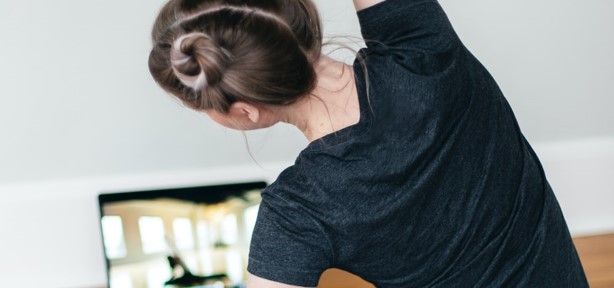Driven by necessity
I hardly need to say this but didn’t the world look different 12 months ago. If you needed groceries you stopped by the supermarket. If you wanted clothes then there were plenty of stores to choose from on the high street. Live music? Gigs. Latest movie? Cinemas. Exercise? Gyms.
No more; all of this and much else has shifted online. At first it was a necessity, the apps were a little clunky, the choice wasn’t great and virtual queues suck even more than real ones.
But something has changed in the last few months. Yes, the apps have got slicker, the infrastructure more resilient. But there is more to it than that. We, as consumers, have realised the potential of the internet. Choice.
But won over by the experience
It might not be quite the same experience as we’re used to in real life, but we’ve learnt how to enjoy the benefits of choice. Yes, we still cover the basics with an online order from one of the main grocery retailers, to take food and drink as an example, but we are increasingly topping that up with interesting extras from an ever-wider range of more specialist online retailers that enable you to find exactly what you’re looking for. There’s Dishpatch for supper on Friday, try Muddlebox to spice up the drinks menu, or even BakedIn for a showstopper pudding.
The shift to virtual has enabled us to find exactly what we’re looking for and nowhere is this more evident that in health and fitness. Gyms may be shut but online fitness is booming. There is a phenomenal array of different platforms enabling everybody to find the experience that is right for them.
And this may well be where the virtual revolution really takes hold with consumers. The ability to choose the form of exercise you want, the class you want to take, the instructor, and in some cases who you will share it with, all at a time that is convenient for you, make this a great choice for most people. In an industry where the choice of classes offered by each gym used to be rather low, all this choice at a price point significantly below the average cost of gym membership is a massive consumer benefit.
And consumers are being won over in their millions. Strava is a great example here; about 2 million new athletes joined Strava each month in 2020. The increase was lead by female athletes, with women aged 18-29 uploading 45.2% more activities than during the same period last year, compared to a 27.3% increase among their male counterparts, a real shift.
A model that works for both parties
Interestingly though, it might not be this massive shift in consumer preference that enables the revolution to stick. More important than the benefit to the consumer is the benefit to the provider; the business model really works.
Gone is the need to rent and maintain expensive spaces, and high fixed staff costs can be replaced with more flexible arrangements to support the development of specific content. The virtual delivery model also creates usage data; you can see what really works, and you can ensure you are investing in content your users will want in order to further refine the offer. And you can trial more options for a relatively low cost.
This benefit is combined with the low marginal cost for expanding the service to additional customers, and the ability to reach national and global audiences rather than being limited to the neighbourhood of each gym. Try driving Strava-scale growth without an international audience… this is a significant increase in the size of the opportunity on top of the more efficient business model and it is these business benefits that are likely to ensure the model thrives.
What looks at first like a consumer revolution is really a business model revolution.


